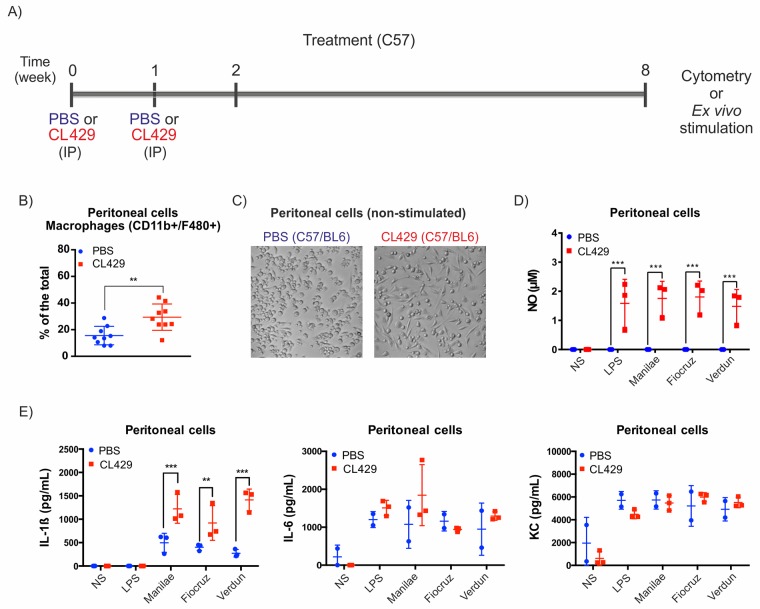Fig 6. CL429 treatment leads to a long-term enhanced antileptospiral response.
A) Chronogram of the experiment. C57/BL6 WT mice were injected IP with 200 μL PBS containing 2.5% DMSO (vehicle) or 25 μg CL429 8 weeks before the collection of peritoneal cells for ex vivo stimulation. Cells were plated and exposed for 24 h to E. coli LPS (100 ng/mL) or live L. interrogans serovar Manilae, Fiocruz or Verdun, at MOI of 100. B) Flow cytometry analysis of the peritoneal lavages showing the proportions of (CD11b+/F4/80+) macrophages from CL429-treated and PBS-treated mice 8 weeks post-treatment. C) Representative phase contrast microscopy images of non stimulated peritoneal cells from PBS- and CL429-treated cells seeded in 96-well plates 3 h post-collection. D) Nitric oxide (NO) production in peritoneal cells 24 h after stimulation assessed by the Griess reaction. E) Pro-inflammatory cytokines (IL-1ß, IL6) and chemokine (KC) production determined by ELISA 24 h post-stimulation in the supernatant of peritoneal cells. Data are representative of 2 experiments in (n = 3 or 4) mice. Statistical analysis was performed by 2-way ANOVA comparing PBS vs CL429 for each stimulation. For macrophage phenotyping (B), statistical analysis was performed by the unpaired t-test. * p-value < 0.05; ** p-value < 0.01; *** p-value < 0.001.

